Tokenization is revolutionizing finance by enabling the transformation of physical assets into digital tokens, paving the way for tokenized real-world assets (RWAs). As the market for tokenized securities expands, the integration of blockchain technology has become a catalyst for innovation in digital asset trading. Contrary to misconceptions, regulatory frameworks, such as those established by the U.S. Securities and Exchange Commission (SEC), are not hindering this growth; rather, the scarcity of dedicated secondary markets poses a more significant challenge. Industry leaders emphasize the importance of developing efficient trading platforms that allow institutional and retail investors to transact tokenized assets seamlessly. With a growing market value and increasing acceptance, tokenization stands poised to reshape the landscape of investment and asset management.
The emergence of asset digitization is redefining how we perceive ownership and trading in financial markets. Often referred to as the process of converting assets into a digital format, this phenomenon is increasingly known as digitized asset management or blockchain-enabled securities. Many investors are turning to this method to gain access to tokenized securities, which offer enhanced liquidity and simpler transaction processes. This new paradigm not only embraces advancements in blockchain technology but also creates opportunities for innovative trading infrastructures that could soon become mainstream. As the digital frontier expands, the interest in alternative investment mechanisms continues to surge, signaling a transformative era in asset trading.
Understanding Tokenization and Its Impact on Asset Trading
Tokenization represents a transformative approach in the world of asset trading, where physical assets are converted into digital tokens on a blockchain. This method not only democratizes access to investments but also enhances liquidity, allowing investors to buy, sell, and trade assets more efficiently. As Prometheum’s CEO Aaron Kaplan points out, the marketplace for tokenized real-world assets (RWAs) isn’t hindered by regulation but by the underdeveloped market infrastructure necessary for trading tokenized securities. Understanding this concept is essential for recognizing how blockchain technology can revolutionize the trading landscape.
Furthermore, tokenization offers advantages over traditional asset trading methods, such as reduced fees and quicker transaction settlement times. These efficiencies appeal to both institutional and retail investors, as they strive to incorporate digital assets into their portfolios. With a substantial portion of the global securities market projected to transition into tokenized versions, it’s crucial to grasp how these digital asset trading systems are evolving, especially amid growing interest in tokenized securities.
The Role of Regulation in Tokenized Securities Market
Contrary to popular belief, the regulation around tokenization is not as restrictive as some might think. With frameworks established by the Securities and Exchange Commission (SEC) for special purpose broker-dealers and Alternative Trading Systems (ATS), there exists a regulated pathway for tokenizing securities. This regulatory environment facilitates the issuance of blockchain-native funds that present significant efficiency advantages over traditional methods. Understanding these aspects helps investors navigate the landscape of digital asset trading more effectively.
Moreover, existing regulations can promote the development of much-needed market infrastructures. Organizations like Prometheum are capitalizing on this opportunity to build compliant digital asset marketplaces where tokenized securities can thrive. As infrastructure improves and regulatory clarity increases, the market is poised for significant growth, allowing more investors to participate in tokenized securities, thereby enriching the overall market ecosystem.
The Demand for Digital Native Assets Among Investors
A fundamental driver behind the rising interest in tokenized assets is traditional investors’ desire for digital native versions of familiar assets. As Kaplan highlights, investors are looking for digital representations of everything from real estate to private credit within an ecosystem that simplifies their trading experiences. This shift indicates that as the digital asset space evolves, it will cater to a growing appetite for assets that are both familiar and accessible in a digital format.
In particular, sectors like real estate are witnessing a significant shift, with tokenization facilitating the fractioning of ownership, thereby enabling more investors to gain access to high-value properties. With emerging secondary markets for these tokenized assets, investors are increasingly confident in the viability and stability of digital asset markets. Such developments reaffirm the growing importance of tokenized RWAs as an integral part of a comprehensive, diversified investment strategy.
Exploring Strategies to Expand Market Infrastructure
To bridge the existing gap in market infrastructure for tokenized securities, several strategies are being proposed within the industry. One method involves leveraging decentralized finance (DeFi) frameworks to facilitate the trading of these assets, as demonstrated by companies like Ondo Finance and Securitize. This approach not only enhances liquidity but also fosters a more inclusive trading environment, catering to a broader investor base across diverse platforms.
Another strategy focuses on the integration of tokenization protocols into traditional brokerage platforms that adhere to SEC regulations. This would allow established financial institutions to offer tokenized trading options, leading to increased competition within the market. As firms strive to expand their services, investors can expect to see a more comprehensive range of tokenized securities available, ultimately contributing to healthier market dynamics.
The Future of Digital Asset Trading and Tokenization
Looking ahead, the future of digital asset trading is intrinsically linked to the evolution of tokenized solutions. By providing the backbone infrastructure necessary for trading tokenized securities, firms like Prometheum are helping to create a more robust marketplace where efficiency and transparency are paramount. The convergence of traditional finance with blockchain innovations is set to open new avenues for investors, challenging conventional trading paradigms and enhancing overall accessibility.
As the ecosystem matures, it is anticipated that greater participation from both institutional investors and individual traders will flourish, leading to increased liquidity and market depth. The ongoing rise of tokenized RWAs, coupled with advancements in regulatory frameworks and infrastructure, will position tokenized securities as a vital component of the financial landscape, reshaping how assets are traded in the years to come.
Challenges and Opportunities in Tokenization
Despite the optimistic outlook for tokenization, challenges still prevail within the industry. Chief among these is the ongoing need for improved regulatory clarity and the establishment of standardized frameworks that facilitate the seamless operation of tokenized securities. While the SEC has laid out preliminary guidelines for tokenized securities, further granularity is necessary to alleviate concerns among both issuers and investors about compliance and legitimacy.
On the flip side, these challenges present unique opportunities for innovation and growth within the tokenization landscape. Players in the space can work collaboratively with regulators to shape regulations that maximize efficiency while ensuring investor protection. By fostering partnerships and investing in technology that addresses current obstacles, the industry can pave the way for prosperous advancements in tokenization.
The Importance of Secondary Markets for Tokenized Assets
The creation of dedicated secondary markets is vital for the success of tokenized securities. Although tokenization simplifies the issuance and ownership of assets, the absence of efficient trading mechanisms has stunted growth in this area. Unlike traditional securities that benefit from established exchanges, tokenized RWAs require innovative platforms that facilitate immediate transactions and provide real-time market access.
Developing these secondary markets would significantly enhance liquidity, allowing a broader array of investors to engage with tokenized securities. As investors become more familiar with digital assets, the capacity for secondary trading will act as a catalyst for growth, encouraging further innovation in the financial technology space.
Real Estate and the Tokenization Wave
One sector where tokenization has gained significant traction is real estate, a traditionally illiquid asset class. By enabling fractional ownership, tokenization allows smaller investors to participate in high-value real estate transactions that were previously beyond reach. Developments in this area, including recent initiatives centered around luxury and commercial properties, demonstrate how tokenization can broaden investment opportunities for emerging markets.
Moreover, as secondary markets for tokenized real estate continue to develop, buyers and sellers can exchange interests in these properties more readily. This evolution may lead to a robust marketplace where investors can trade tokenized shares seamlessly, further integrating real estate investment into the digital asset ecosystem.
Innovations in Digital Asset Custody Solutions
As the digital asset landscape evolves, the need for secure and reliable custody solutions becomes increasingly imperative. Prometheum, positioned as a digital asset trading and custody firm, is at the forefront of developing innovative custody methods that protect investor assets while complying with regulatory frameworks. These solutions not only enhance security but also streamline the management of tokenized securities.
The growth of tokenized assets implies that traditional custody solutions may need to adapt to support these new forms of investment effectively. Innovations in custodial technologies are essential for bolstering confidence among investors who may be hesitant to transition into the digital asset space. By providing secure, compliant, and efficient custody options, firms can enhance the attractiveness of tokenized securities in the eyes of both institutional and retail investors.
Frequently Asked Questions
What are tokenized real-world assets and how do they function in digital asset trading?
Tokenized real-world assets (RWAs) represent physical assets like real estate or commodities that are converted into digital tokens on a blockchain. This facilitates easier trading and ownership tracking in digital asset trading environments. Tokenization enhances liquidity and provides fractional ownership, making it accessible to a broader range of investors.
How does the Securities and Exchange Commission influence the market for tokenized securities?
The US Securities and Exchange Commission (SEC) has established frameworks for tokenized securities through its special purpose broker-dealer regulations and Alternative Trading System (ATS) licensing. These regulations are designed to create a safe and compliant environment for trading tokenized assets, thus facilitating market growth.
Can you explain the importance of blockchain technology in tokenized securities?
Blockchain technology is crucial in tokenized securities as it enables secure, transparent, and immutable records of ownership and transactions. By leveraging blockchain, tokenized securities can provide reduced settlement times and lower fees, improving overall trading efficiency within the digital asset market.
What are the current barriers to the widespread adoption of tokenized RWAs?
Currently, the main barriers to the widespread adoption of tokenized RWAs are the lack of established secondary markets for trading and insufficient market infrastructure. Investors require platforms that allow them to buy, sell, and trade tokenized securities similarly to traditional financial markets like Nasdaq.
How are firms like Prometheum addressing the challenges of tokenized securities markets?
Prometheum is developing a comprehensive digital asset securities marketplace that aims to fill the gaps in current infrastructure. By offering reduced fees and improved settlement times, Prometheum seeks to enhance the trading environment for tokenized securities, facilitating better access for both institutional and retail investors.
What role does decentralized finance (DeFi) play in expanding tokenized securities markets?
Decentralized finance (DeFi) plays a pivotal role in expanding tokenized securities markets by enabling the creation of new trading platforms that operate outside traditional financial institutions. DeFi frameworks can facilitate peer-to-peer trading of tokenized securities, enhancing liquidity and creating novel investment opportunities.
Why are investors interested in tokenized assets compared to traditional asset classes?
Investors are increasingly interested in tokenized assets because they offer digital native versions of familiar investment options, allowing them to access various financial goals through a single platform. Moreover, tokenized assets enhance liquidity and transaction efficiency compared to traditional asset classes.
What potential growth can tokenization hold for the financial services industry?
Tokenization has the potential to transform the financial services industry significantly. According to reports, it could enhance annual investor returns by roughly $100 billion and expand revenue streams for financial institutions, making it a game-changing use case in the sector.
How is tokenization transforming the real estate market?
Tokenization is transforming the real estate market by enabling the fractional ownership of luxury and commercial properties. This innovation allows investors to trade tokenized shares of real estate assets, making property investment more accessible while creating secondary markets specifically for these tokenized assets.
What is the future outlook for tokenized securities and digital asset trading?
The future outlook for tokenized securities and digital asset trading appears optimistic, with industry leaders predicting significant growth. As regulatory frameworks solidify and market infrastructure improves, tokenized securities are expected to become a mainstream investment vehicle, attracting both institutional and retail investors.
| Key Point | Details |
|---|---|
| Barriers to Tokenization | The primary obstacle to tokenization isn’t regulatory issues, but the lack of dedicated secondary markets for tokenized securities. |
| Market Growth | The market value of tokenized real-world assets (RWAs) has risen to $19.5 billion, highlighting increasing investor interest. |
| Infrastructure Gaps | Current infrastructure lacks a public secondary market for trading tokenized securities similar to traditional markets. |
| Strategies for Expansion | Two key strategies include building decentralized finance (DeFi) markets and integrating tokenization protocols into existing brokerages. |
| Investor Demand | Investors are seeking digital-native versions of traditional assets to achieve financial goals through familiar ecosystems. |
| Real Estate Potential | Tokenization is gaining traction in real estate, with secondary markets being established for trading tokenized shares. |
| Financial Impact | Tokenization could enhance investor returns by $100 billion and create new revenue streams for financial institutions. |
Summary
Tokenization is rapidly gaining momentum, debunking the myth that regulatory hurdles are the primary challenge to its expansion. Instead, the market’s growth is hindered by the absence of robust secondary trading platforms. As the tokenized real-world assets market continues to evolve, key strategies like leveraging DeFi frameworks and integrating tokenization into established brokerage operations will play a crucial role in overcoming existing barriers. This reflects a broader trend, where traditional investors increasingly seek access to digital asset classes through familiar systems, paving the way for a transformative shift in the financial landscape.
Tokenization is rapidly transforming the landscape of finance, merging traditional asset classes with cutting-edge blockchain technology. By converting real-world assets into digital tokens, this innovative process has revolutionized how investors can trade tokenized securities, leading to a burgeoning market for digital asset trading. Contrary to popular belief, regulatory concerns are not the primary impediment to the adoption of these financial instruments; instead, the lack of infrastructure for secondary markets is the main challenge. As the U.S. Securities and Exchange Commission facilitates a clearer regulatory framework, opportunities for tokenized real-world assets are emerging, attracting a diverse range of investors. With the market for tokenized securities poised for exponential growth, understanding tokenization’s role in this evolution is key to navigating the future of finance.
The emergence of digitalization in finance has introduced a new wave of opportunities, often referred to as asset digitization. This trend involves transforming tangible assets into digital forms, allowing for greater accessibility and efficiency in trading tokens associated with various securities. Investors are showing a rising interest in these innovative financial products, also known as digital securities, as they seek ways to engage with new markets. Furthermore, the integration of blockchain technology has enhanced the operational landscape, ensuring transaction security and transparency. This paradigm shift highlights the evolution towards a more digitally-focused asset management system, which fundamentally changes how we perceive and interact with investments.
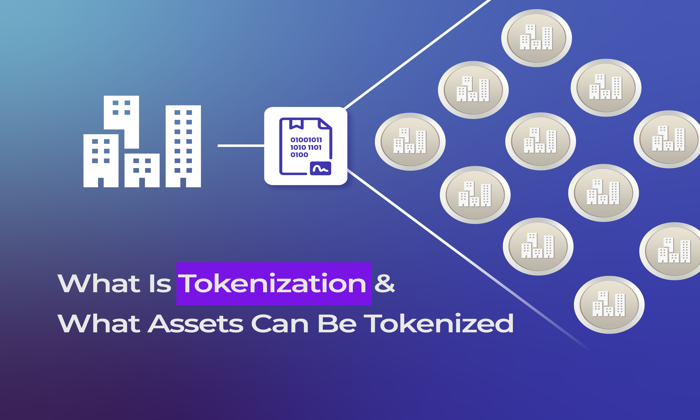

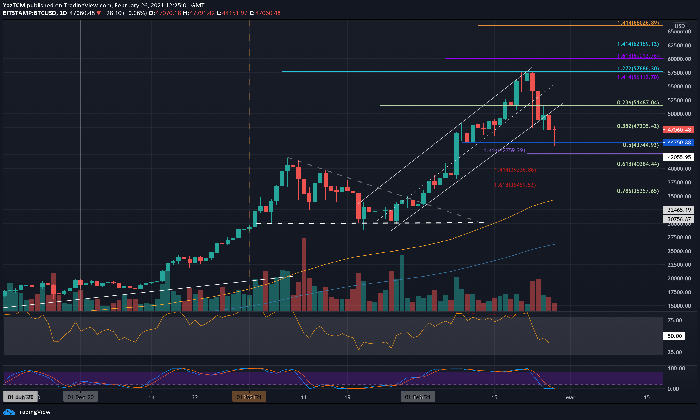

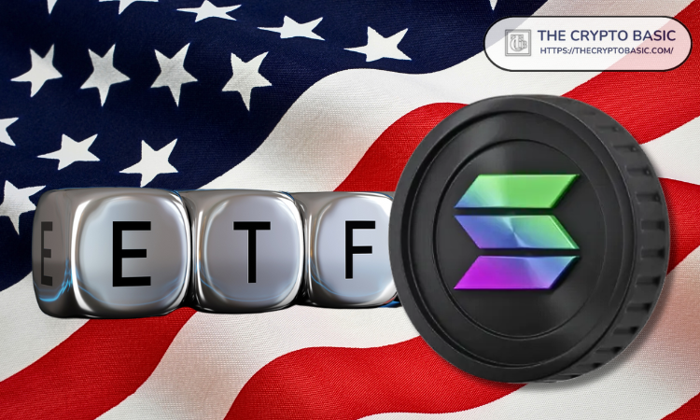
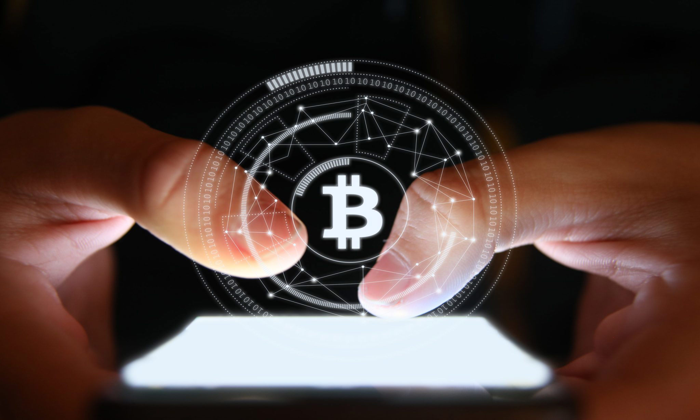
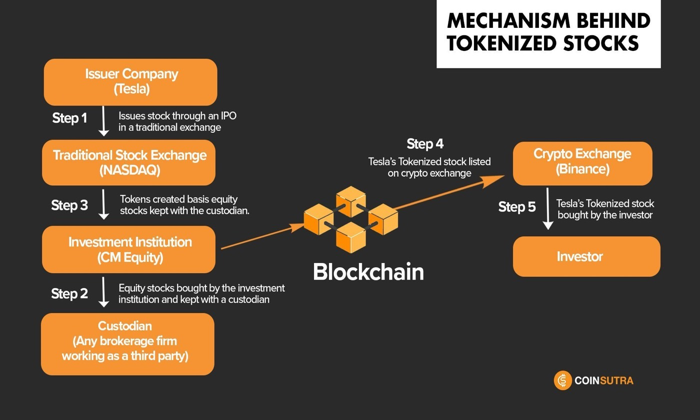
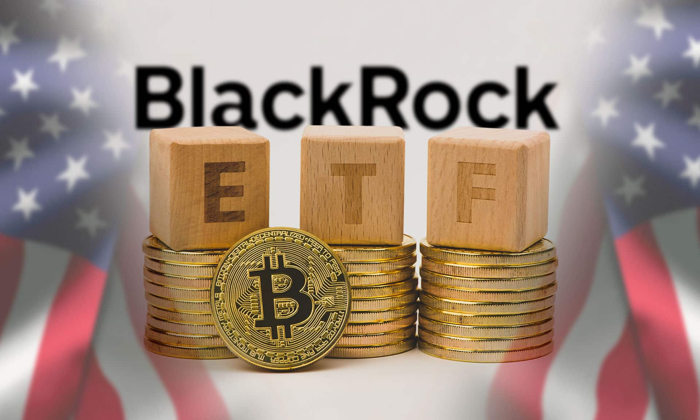
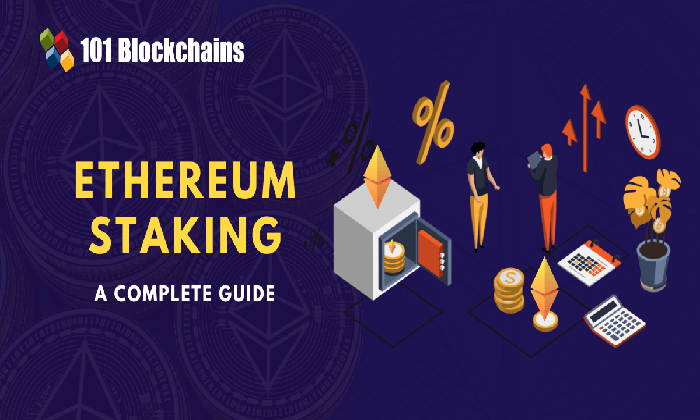
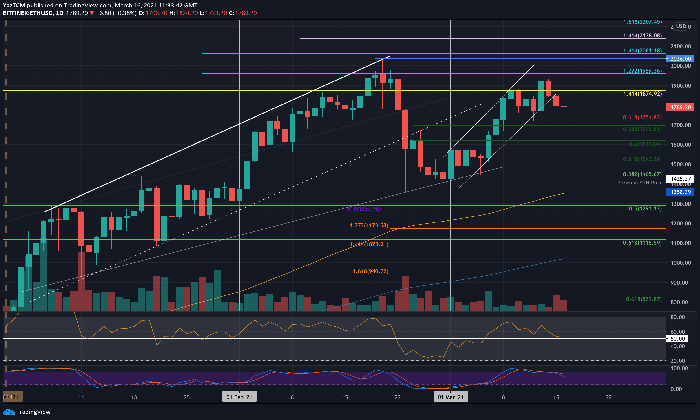
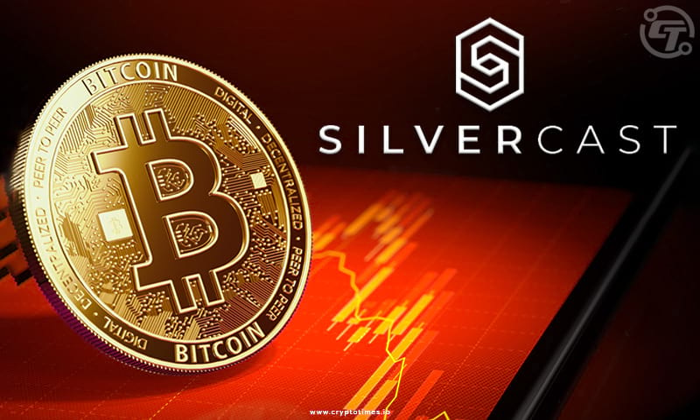
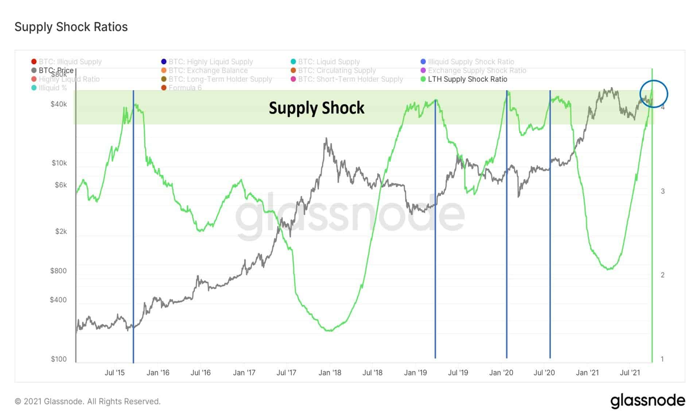
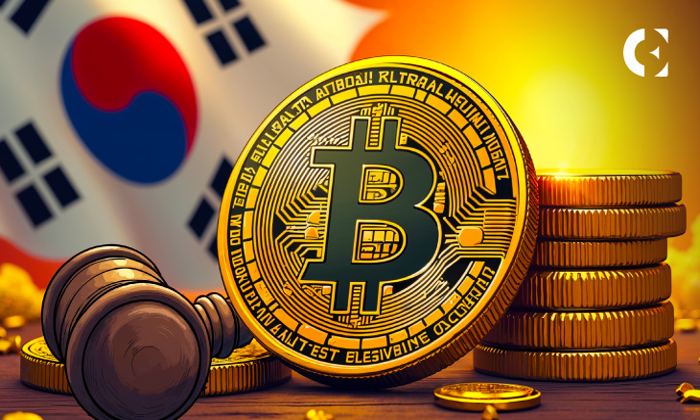
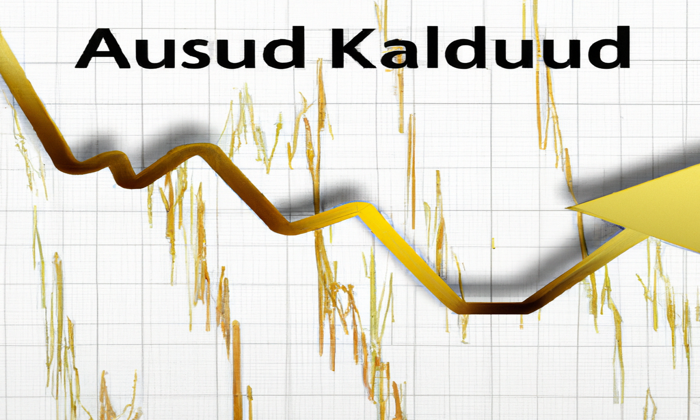

Leave a Reply